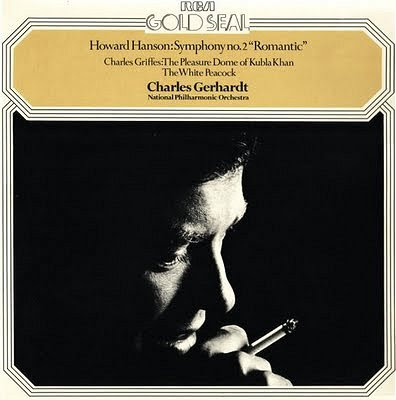Thoughts on Simon Rattle's socially distanced Schubert
If classical music wants a wider audience, it must engage new listeners. So it is difficult to understand why discussion of audience engagement goes little further than optimising social media metrics and the gender of the conductor, and why there is virtually no discussion of the crucial mechanism of listening. The LSO concert was recorded on Jan 21 under strict COVID-secure conditions; as can be seen in the accompanying photos this means the orchestra is socially distanced. Did that social distancing contribute to the transparent but cohesive orchestral sound? Was it also helped by the relatively simple microphone placements visible in the photo? Is a more 'commercial', more engaging, sound what is needed to win new audiences over? Is the acoustically-perfect concert hall as defined by 19th century conventions now a millstone around classical music's neck? Was Jonathan Harvey correct when he advocated the judicious use of sound shaping to ease the transition of new audiences from non-classical to classical?
Listening is a complex and little-understood process. Before the Radio 3 broadcast started I knew the orchestra were socially distanced. Did the observer effect come into play? How much was my positive judgement on the engaging sound influenced by knowing that the orchestra layout was different? In quantum physics the observer effect is the disturbance of an observed system by the act of observation; which means observation affects reality. A simple example of the observer effect is that it is impossible to hear the sound of an empty concert hall. To hear that sound the listener has to be present, and the absorbent nature of the human body affects the sound. These are not just mind-games. The observer effect has a profound impact on engagement with classical music.
My verdict on that LSO concert was delivered listening under optimal conditions via a high-end audio system in my listening room. Would it have been less engaging listening via an iPhone and ear-buds in a shopping mall? Which, of course, is how most music is consumed these days.
My thoughts on socially distanced Schubert provide more questions than answers. Which may seen counterintuitive. But for years classical music has parroted the same answers to the challenge of winning a wider audience. The problem is those answers are a response to the wrong questions. Classical music needs new listeners, and listening has nothing to do with the gender or ethnicity of the musicians, number of Twitter followers, click bait communication or any of the other fashionable silver bullets peddled by the classical experts. Others agree with my thesis. A Spectator review last September by Richard Bratby was headlined 'Why orchestras are sounding better under social-distancing**'. It went on to propose that the social distancing of orchestras in the 2020 COVID Proms was the reason why "so many listeners seem to be finding these performances so affecting".
For years classical music has stuck to the dogma that in the desperate search for new audiences anything can be changed, except the Holy Cow of how audiences listen. Jonathan Harvey's proposition that we should take a more flexible attitude towards concert hall conventions dating from the 18th century was greeted with predictable hysteria. In the Observer Fiona Maddocks - biographer of Hildegard of Bingen - riposted that "Jonathan Harvey's ideas to enliven classical music are like inviting a football match crowd to join in on the pitch".
So far the old-guard has successfully resisted changing the way audiences listen to classical music. But now tragic force majeure is overcoming that resistance. Listening to classical music is a complex and little-understood process rooted not in a spurious mix of 19th century dogma and Google Analytics, but in quantum physics and neuroscience. Listening and appreciating classical music is sensitive to multiple and arcane physiological variables that are currently little understood. Simon Rattle's socially distanced Schubert showed that enforced experimentation with just some of those variables can produce surprising results. Let's hope that when we move beyond the current COVID-secure performance conditions, orchestras will continue to challenge what Jonathan Harvey described as the 'silly conventions' of the concert hall.
* Who was responsible for the excellent sound engineering/production of the LSO performance? Presumably BBC Radio 3 licensed the recording from the LSO, and it was produced by the same team as engineer the other LSO COVID-secure concert streams. Is this an LSO in-house team, or is it sub-contracted? More information from knowledgeable readers please. It is absurd that Radio 3 and others do not credit the production team for classical concerts, while announcers - the bane of Radio 3 - receive star billing..
** To hyphenate or not to hyphenate 'social distancing', that is the question.
Any copyrighted material is included for critical analysis, and will be removed at the request of copyright owner(s).












Comments